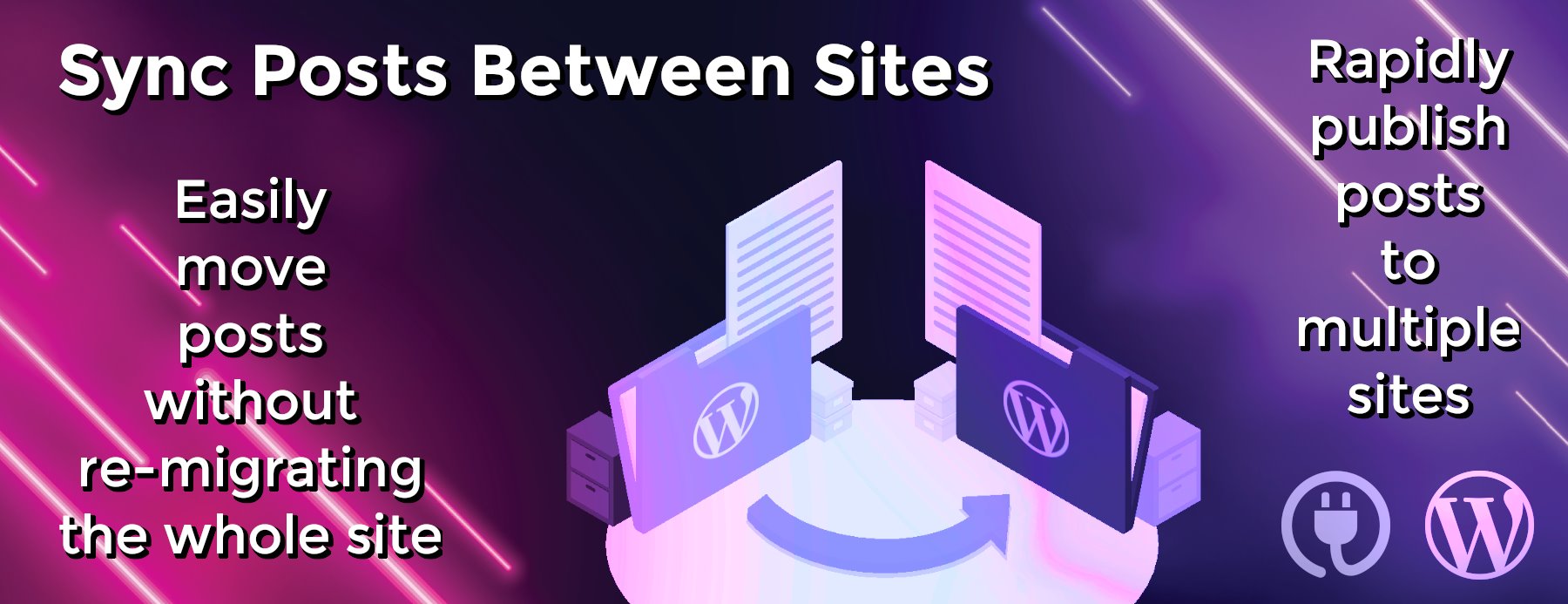**
Overview
Actionable Google Analytics for WooCommerce is a plugin that integrates your WooCommerce store with Google Analytics in just 5 minutes. **NO CODING REQUIRED.** Actionable Google Analytics enables 9 enhanced eCommerce reports in your google analytics account along with the GA tracking of the audience, behavior, and acquisition reports. This plugin also enables FB pixel tracking, Google Ads conversion tracking, and Google Optimize integration in your store.We have recently included a few more features to make this plugin really powerful. This plugin also includes features that are necessary to run shopping campaigns. The highlights of the features are:
Google merchant center account management and linking with your woo-commerce store
Google ads and google merchant center account linking
Product feed creation and sync using content API so that you can manage your feeds seamlessly from your wp-admin
4. Schedule your product feed updates based on your requirements
Create and manage smart shopping campaigns with a single click of a button
Smart shopping campaign reports
Here is how you can configure the plugin without any hassle.
Based on our 10 years of analytics and MarTech experience in serving 50k+ eCommerce businesses globally, we have identified 20 custom dimensions and metrics which can be useful for any eCommerce business around the globe. Some of the advanced trackings which is enabled by the plugin are user-id tracking for cross-device remarketing, client id tracking, form field tracking for checkout form effectiveness, content grouping, IP anonymization, opt-out feature, product refund tracking, and much more.
Let us brief you more on these capabilities so that you can start making informed data-driven decisions for your eCommerce business.
Google Analytics is a free web analytics service offered by Google which offers site owners meaningful insights into the browsing behavior of the users. In Google Analytics, reports are categorized into 4 sections: **
-
- Audience
-
- Acquisition
-
- Behavior
-
- Conversions.
1. Audience: The audience reports in Google Analytics provide insights into the characteristics of users who have visited your site. Audiences in Analytics are users that you group together based on any combination of attributes that is meaningful to your business. For example, you might want to create an audience of users who have purchased in the last 12 months but not in the last 2 months. You can then remarket to this audience using Google Ads.
2. Acquisition: The Acquisition report in Google Analytics helps you in discovering how users arrive at your website. You can use these reports to understand whether users are coming from the organic search or paid campaigns or from any other channels. This also tells you how your different channels are performing in terms of the quality traffic on your store.
3. Behavior: The Behavior reports in Google Analytics help you in understanding how users are interacting with your store pages, which pages are viewed the most, and which pages are making your users leave your store. These insights help you in making sound technical decisions to improve your store’s UX or to better your merchandising efforts.
4. Conversions: This is the most important feature for ecommerce businesses globally as it helps you understand your ecommerce business holistically. Ecommerce segment under conversions tab in Google Analytics provides you 9 enhanced ecommerce reports as explained below:
i) Overview: The Overview report lets you see the overall state of your business, and provides three categories of related metrics:
**
- Conversions.
-
Revenue and Conversion Rate
-
Transactions
-
Marketing
ii) Shopping Behavior Analysis: The Shopping behavior analysis report lets you see the number of sessions that included each stage of your purchase funnel. It gives you holistic view on which funnel step your site visitors are leaving you the most. The funnel steps are sessions for the site visit to product detailed views to cart abandonment to checkout abandonment to final purchase. This helps you in identifying the strengths and weaknesses in your purchase funnel.
iii) Checkout Behavior Analysis: The Checkout Behavior Analysis report lets you see how successfully your users moved through your checkout process. The checkout-funnel visualization illustrates how many users moved on from one step to the next, how many abandoned the process at each step, and how many entered the process at each step.
iv) Product Performance: The product performance report lets you see how your products are performing from two difference points of view:
Summary: Product performance in terms of revenue, price, and quantity. Includes two of the Shopping Behavior metrics.
Shopping Behavior: Product performance in terms of user engagement with your products (e.g., viewing products and details, adding and removing products from carts, completing checkouts etc.) You can also have access to 2 important metrics such as Cart-To-Detail rate and Buy-To-Detail rate.
v) Sales Performance: The Sales performance reports in Google Analytics lets you evaluate your sales data by either of 2 primary dimensions:**
- Transaction
- Date
The Sales performance report includes the metrics like revenue, shipping, tax, refund amount, quantity, discount, etc. vi) Product List Performance: Product lists represent a logical grouping of your product in your store. The typical product lists for an eCommerce store are Category page, related products block, similar products block, any cross sell or up-sell blocks, search pages etc.
This product performance report in Google Analytics lets you see how a particular product list on your store is performing with the metrics such as product list views, product list clicks, or product list CTR. This helps you in better merchandising your store for a higher conversion rate.
vii) Marketing: This report lets you see the performance of your internal promotion,…




